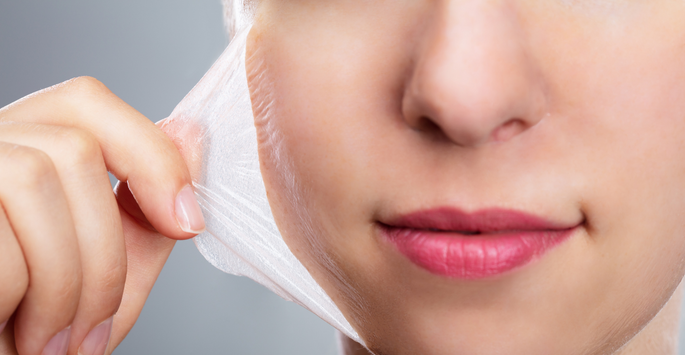
If you’re looking to get your skin into great shape, one of the best places to start is with a chemical peel. Designed to treat everything from fine lines, breakouts, discoloration, and more, chemical peels are ideal because they can deliver significant results without excessive downtime.
But if you want the best results, there are certain steps that you have to follow at home to protect your skin and enhance your results. We’ve provided a simple list of do’s and don’ts to help you along the way.
Follow your aftercare instructions
First and foremost, your provider will give you a list of things you should be doing as you recover. And while we’ll point out most of those things on this list, you should still make sure to follow your personal care instructions to the letter. And make sure your provider is aware of any known allergies or sensitivities so they can provide you with product suggestions for aftercare that won't cause reactions and issues with your skin.
Cool Down
Immediately following a chemical peel, your skin’s protective barrier has incurred a little damage. While it’s rebuilding this barrier, it’s important to not cause additional damage to it with hot water. Taking a shower in very hot water is rarely ever a good idea for your skin, even when it’s perfectly healthy and uncompromised. But when you’ve just had a chemical peel, hot water can cause damage that might lead to scarring, so turn down the temperature when washing your face.
This also goes for strenuous exercise, hot weather, or using spas and saunas. Sweat will only irritate your skin even more, and it’s best to keep inflammation to a minimum while you recover.
Slather on the SPF
SPF is one of the most important things to your skin in general, but even more so after your skin has been treated. With your skin barrier functioning at a minimum right now, skipping the SPF means exposing very sensitive compromised skin to UV light that could cause wrinkles at best, and skin cancer at its worst. Keep an SPF 30+ handy at all times and slather it on generously throughout the day.
Be gentle
Switch to a gentle cleanser during your aftercare. At most, you need something that can remove excess dirt and that’s it. You don’t want to be stripping your skin of its natural oil right now because it will help your skin heal and prevent it from drying out more. Don’t use any AHAs or BHAs right now as they will cause a good bit of damage. And definitely do not exfoliate right now.
Keep moisture locked in
Your provider will let you know what’s best for your skin following a chemical peel, and a lot of this has to do with what type of peel you got. But for the most part, keeping your skin moisturized throughout the day will prevent dryness and tightness, and it will also act to protect your skin from dirt and oil. Our advice is to stick with water-based moisturizers such as Aquaphor because it can provide an occlusive barrier and provide moisture.
Avoid strong actives
We’ve already mentioned to steer away from AHAs and BHAs, but you should avoid any actives that have the potential to inflame. Vitamin A (retinol) is one you should absolutely avoid right now, and you should let your provider know what you typically use so they can instruct you on when it’s safe to resume it. It might be tempting to dive back into a good skincare routine, especially when you see your results and feel encouraged to maintain your new glow. Just make sure you give your skin some time to heal completely before you start throwing strong actives at it again.
Don’t pick your skin
It will be tempting but you really should resist. Some of our chemical peels don’t even cause peeling in order to be effective, but some peels cause a lot of it. As you see pieces of skin flaking off, it will be tempting to tug them off but you might end up pulling off skin that’s not ready to come off yet. This can slow down your healing significantly and also cause scars, so if you see peeling feel free to gently wash your face and reapply your moisturizer.
Timing helps
Considering you have to avoid sweating, heat, UV light and most things that come with summer, it makes sense that the best time to try a chemical peel is during winter when it will be easier to minimize those risks. We have noticed that chemical peels are most frequently sought at the end of summer and peak time to get one is in the beginning of the year in January.
Want to try a chemical peel? Now is the best time to schedule. Contact our office today to schedule an appointment at 561.805.9399 or info@supriyamd.com.
